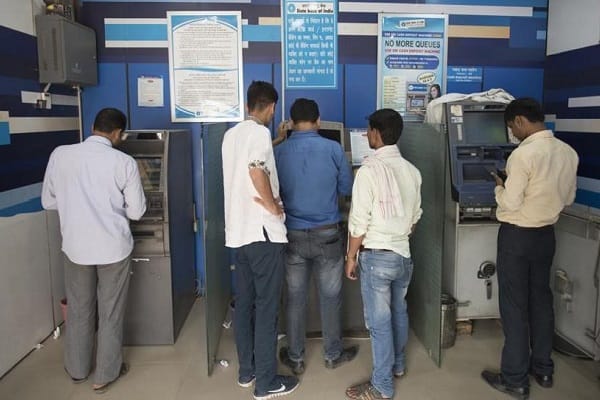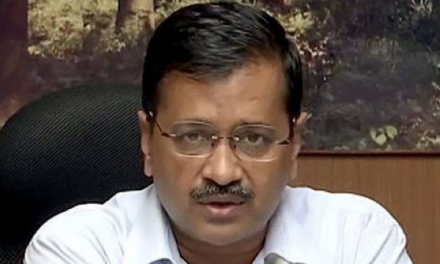The overall air quality index (AQI) in Delhi was recorded at 97.
After witnessing a few of the Delhi pollution worst air quality days in November, the national capital on Friday saw a drastic improvement in the pollution levels as the AQI came down to double digits at the ‘satisfactory’ category.
According to the Centre-run System of Air Quality and Weather Forecasting (SAFAR), the overall air quality index (AQI) was recorded at 97.
“Under the influence of Western Disturbance fairly widespread precipitation recorded in consecutive days which led to the improvement in air quality,” the SAFAR said.
The air in the national capital was so toxic after Diwali that the Environmental Pollution (Prevention and Control) Authority (EPCA) had declared a public health emergency in the Delhi-NCR and had advised people, especially children and the aged, to limit their exposure to the environment.
Every October, as the rains recede, Delhi prepares to choke on poisoned air that sees a periodic surge for three months in the year starting around Deepawali (Diwali), in late October. This year, the Delhi Government even asked the public for suggestions on how to cope with these recurring foul-air episodes. Ultimately, pollution levels ended up being particularly bad this year.
Particulate matter below 2.5 microns in diameter (PM2.5) concentrations — which decide the impact of air pollution on people’s health and reduced visibility as the main component of the ‘haze’ seen on pollution-heavy days — ranged above 500 µg/m3 at their peak. That’s nearly ten times the national standard average of 60 µg/m3 over a 24-hour period, and twenty times the World Health Organization’s recommended guideline for PM2.5.
Are CNG and low-sulfur containing fuels helpful for Delhi pollution?
Yes, they have reduced SO2 concentrations in Delhi, but not that of nitrogen dioxide (NO2) and PM2.5 concentrations.
The hidden cost of moving to cleaner fuels is the large investment refineries made to remove additional sulfur from crude oil, just as vehicle manufacturers did in fine-tuning existing engines.
The National Environmental Engineering Research Institute (NEERI), which fabricated the WAYU air filters recently installed in Delhi and several other metros in India, claim that these machines have an effective pollution cleaning area of 500 m2, i.e., an area of 25 m x 20 m, which effectively makes it a large room purifier. The claimed filtering efficiency of ~80 percent for PM2.5 and ~40-50 percent for hydrocarbons in open spaces is still to be demonstrated.
Even if that efficiency were achieved, how many hundreds or thousands of such machines would Delhi require? How often would the filters have to be replaced in Delhi’s choked air? And is the cleanup cost just the price of the machine, i.e., Rs 60,000, or should running and maintenance costs be added?
In a rare moment of truth, a former Ministry of Environment official admitted three years ago that, “We have failed to control Delhi’s air pollution.” So what went wrong? Delhi’s environmental managers followed “handed-down wisdom” from North countries that used engineering control systems, consequently technological solutions, to control their pollution problems after having polluted their cities.











